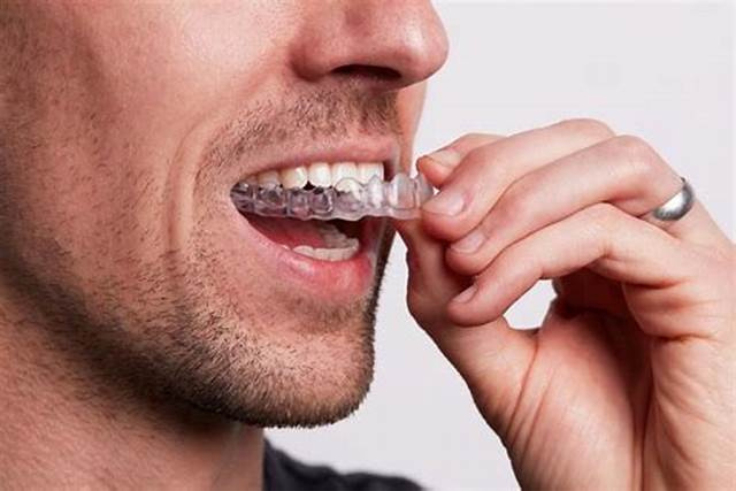The Healing Timeline After Dental Implant Surgery

Dental implants are one of the most reliable and long-lasting solutions for replacing missing teeth. But unlike quick fixes, dental implants involve a healing process that unfolds over weeks and months—making them a long-term investment in your oral health.
If you’re considering implants or are scheduled for surgery, understanding the recovery timeline will help ease anxiety, prepare you properly, and ensure the best possible outcome. In this guide, we’ll break down what to expect at each stage of healing after dental implant surgery—and what you can do to support a smooth recovery.
Table of Contents
ToggleWhat Happens During Dental Implant Surgery?
Dental implant surgery involves placing a titanium post into your jawbone, which acts as an artificial tooth root. This procedure is typically done under local anaesthesia in a dental clinic.
In some cases, your dentist may also recommend:
- Bone grafting to strengthen the jawbone
- Sinus lifts if the upper jaw lacks enough bone height
The success of the implant largely depends on osseointegration—the process by which the bone grows around and fuses with the implant. This phase can take several months, and it’s essential for ensuring a stable foundation for your new tooth.
Week-by-Week Healing Timeline
Day 1–3: Immediate Post-Operative Phase
This is when your body initiates healing. It’s normal to experience:
- Swelling around the mouth and cheeks
- Mild bleeding at the implant site
- Discomfort or aching
Dos & Don’ts:
- Stick to soft, cold foods (e.g. yogurt, smoothies)
- Avoid hot drinks, alcohol, smoking, and strenuous activity
- Take prescribed antibiotics and painkillers as directed
- Do not rinse vigorously or touch the surgical site
Day 4–7: Early Tissue Healing
Swelling should begin to subside, and the initial bruising may peak then start to fade.
What to expect:
- Gums begin to close and heal over the implant
- You can begin warm saltwater rinses
- Gentle brushing (avoiding the surgical site) is encouraged
Week 2–4: Soft Tissue Recovery
By this stage:
- Any non-dissolvable stitches may be removed
- Pain and swelling should be minimal
- Eating returns to near-normal (though hard or sticky foods should still be avoided)
Follow-up: Your dentist will check for early signs of infection and ensure that healing is progressing well.
Weeks 4–12: Osseointegration Phase
This is the most important stage for the success of your implant.
- The titanium implant fuses with your jawbone, creating a stable anchor
- You may not feel any symptoms, but strict oral hygiene is critical
- Avoid putting pressure on the implant (e.g. chewing on that side)
Depending on your body’s healing ability, osseointegration may take up to 3 months or longer.
3–6 Months: Final Restoration Phase
Once the implant has fully integrated:
- Your dentist will place an abutment (connector) on the implant
- A custom-made crown is then attached to match your natural teeth
At this point, your smile is fully restored—both aesthetically and functionally.
Factors That Can Affect Healing Time
Every patient is different. Several factors can influence how quickly you heal:
- Smoking: Delays bone healing and increases the risk of implant failure
- Medical conditions: Diabetes, osteoporosis, and autoimmune disorders can slow recovery
- Bone quality: Patients with weaker jawbone may need longer healing
- Oral hygiene: Poor hygiene can lead to infection and delayed healing
When to Contact Your Dentist
Seek urgent dental advice if you notice:
- Pain that worsens or doesn’t improve after 7 days
- Excessive bleeding or pus discharge
- Fever or chills (possible infection)
- Loosening or movement of the implant
Prompt attention can prevent complications and protect your implant.
How to Support a Smooth Recovery
Follow these tips for optimal healing:
- Eat soft, nutrient-rich foods: mashed potatoes, scrambled eggs, soups
- Brush and floss gently but thoroughly
- Avoid hard, chewy, or crunchy foods during osseointegration
- Stay away from alcohol and tobacco
- Keep all follow-up appointments with your dental implant provider
Conclusion: Plan Ahead for Long-Term Success
Recovery after dental implant surgery isn’t instantaneous—but it’s a vital part of achieving a secure, functional, and natural-looking smile. Most patients find that the short recovery is well worth the lifelong benefits of dental implants.
Whether you’re in the research phase or ready to move forward, we’re here to help. If you’re considering dental implants, contact us for dental implants in London—our experienced team offers personalised, medically regulated care from consultation to final results.
Recommended For You
Spread the loveInvisalign has quickly become one of the most popular alternatives to traditional braces, offering a discreet and convenient
Spread the loveMany men put their health on hold—whether due to a hectic work-life schedule, social stigma, or simply a
Spread the loveYou’ve tried whitening toothpastes, strips, and DIY kits—but your smile still doesn’t have that fresh, radiant glow. Sound



